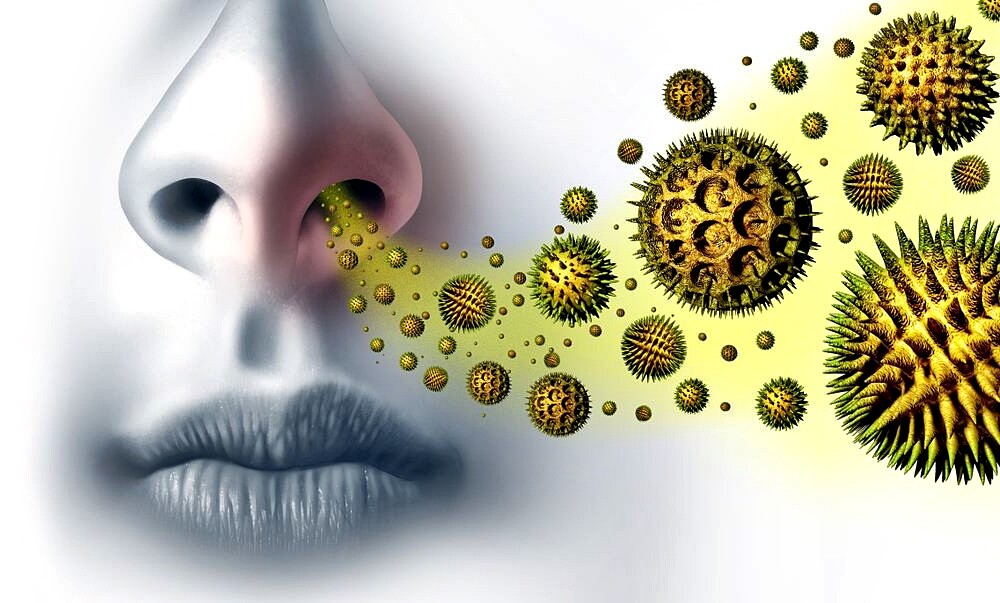A cross allergy is very stressful for allergy sufferers. We explain how a cross-allergy develops, which symptoms there are and how to treat it.
What is a cross-allergy?
In a cross-allergy, the immune system reacts to certain allergens in food that are similar to those of an already known allergy from other sources. For example, hay fever patients (e.g. due to alder, hazel or birch pollen) also react to nuts, pome or stone fruit in a cross-allergy because the allergens present in them are similar to pollen. In order to avoid allergic reactions, one should avoid the food that causes them. In the long run, hyposensitization can also help.
What are the symptoms?
If a cross-allergy occurs, the so-called immunoglobulin E antibodies (IgE antibodies) trigger the same symptoms as in the original allergy on contact with the similar allergen.
The following complaints may also occur:
- Gastrointestinal complaints
- Irritation of sneezing and coughing
- Sniffles
- Allergic asthma
- Itching
- Skin rashes
- Conjunctivitis
What cross-allergies are there?
Pollen associated cross reactions are the most common cross allergies. But also the following combinations often occur:
- Latex allergy: cross allergy e.g. with banana, pineapple, peach, mango, tomatoes and other fruits and vegetables
- Mugwort pollen allergy sufferers: allergy to celery, peppers, mango, spices, carrots and sunflower seeds
- House dust allergy: cross-allergy with shellfish and crustaceans
- Grass pollen: Allergy with flour, bran and tomatoes
How do I know if I have food allergies?
Many allergy sufferers suspect shortly after eating a food for the first time whether they have a food allergy in addition to their original allergy, as the allergy symptoms are similar to those already described. If you are not sure whether you have one of these cross-allergies, you should keep a food diary for some time.
What helps with allergic complaints caused by cross-allergies?
Similar to other allergies, such as hay fever or insect venom allergies, certain medications with antihistamines can reduce the symptoms of cross-allergies. In addition, the triggers – in contrast to pollen, for example – can be easily avoided. Cross-reactions can be treated with hyposensitization.

